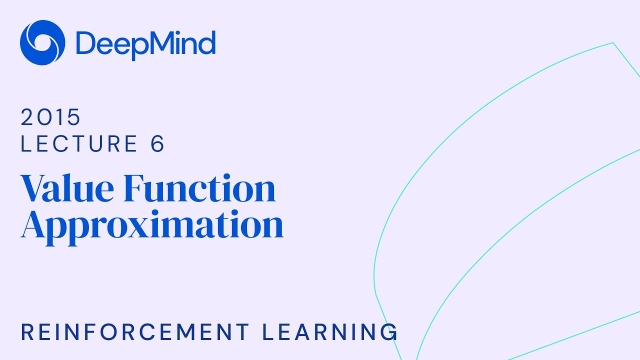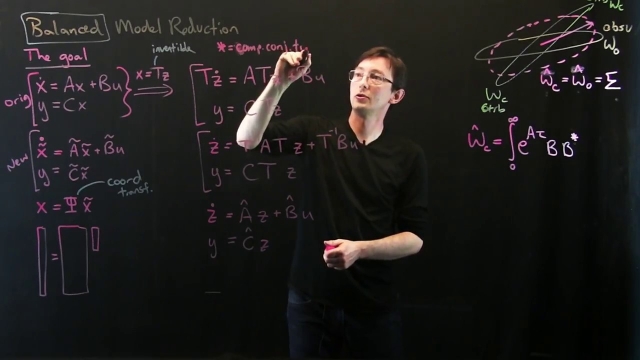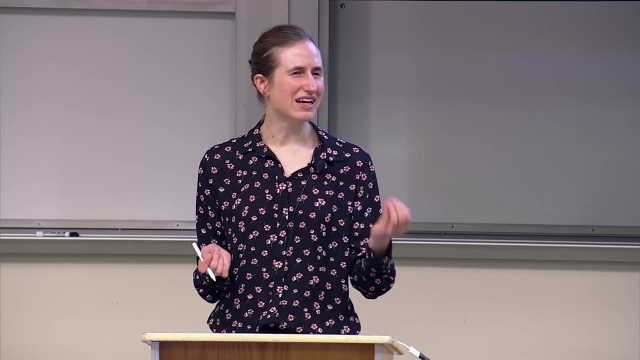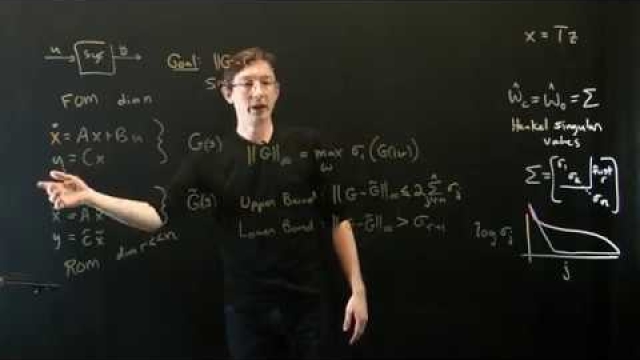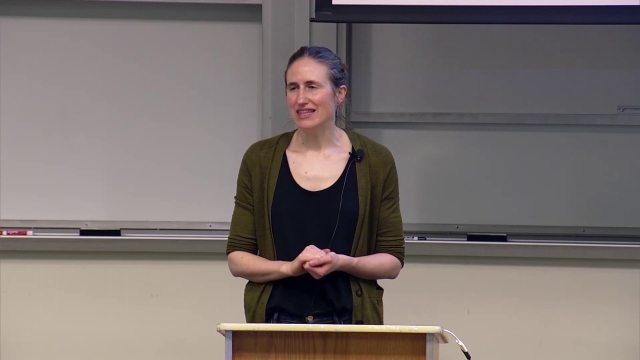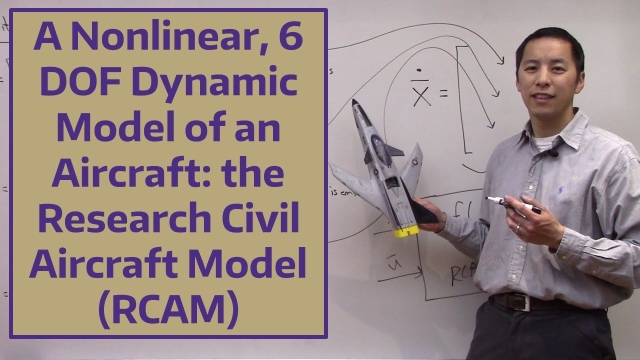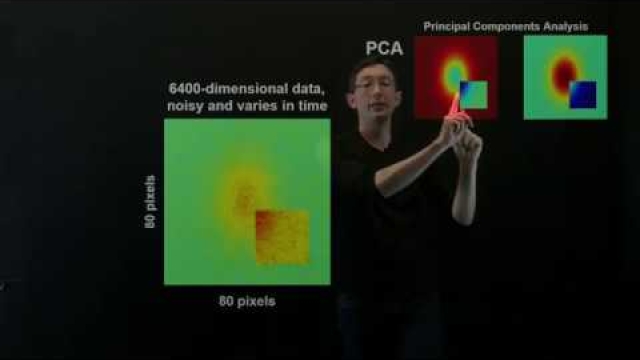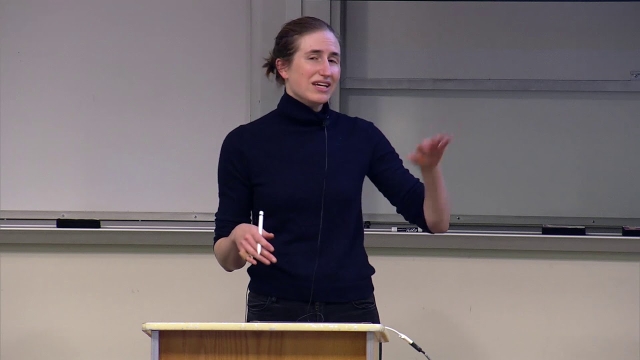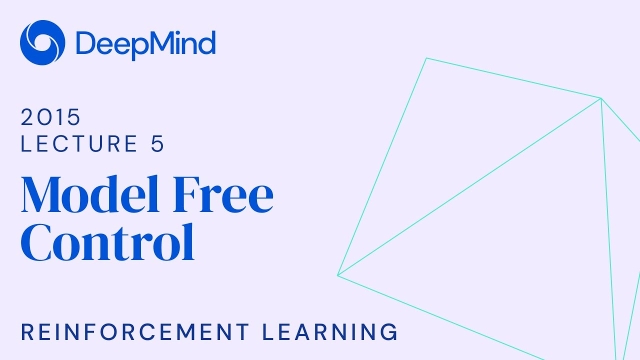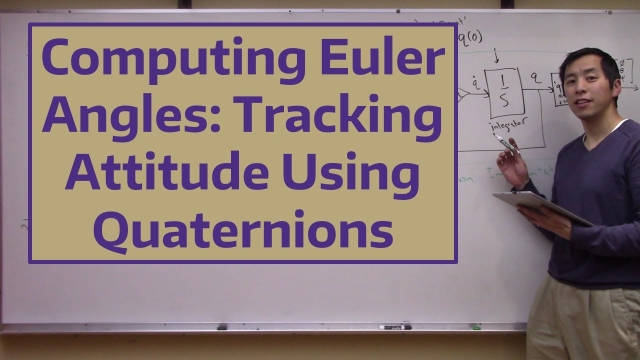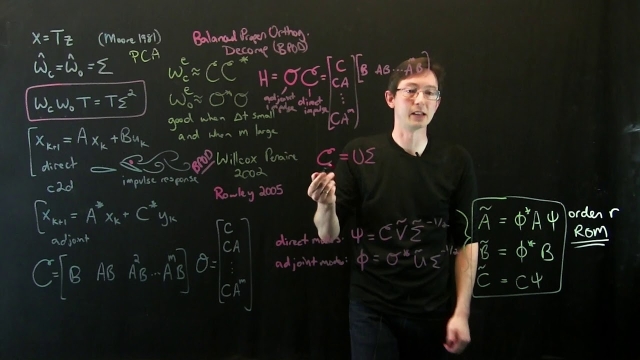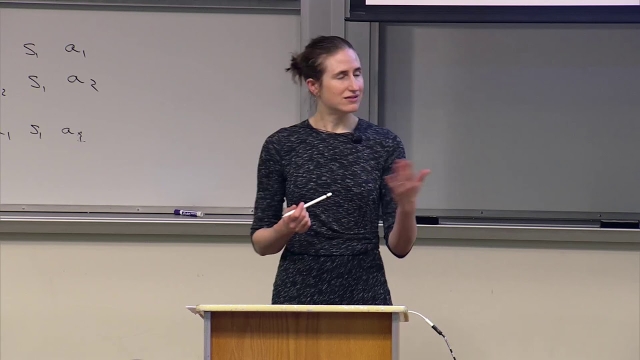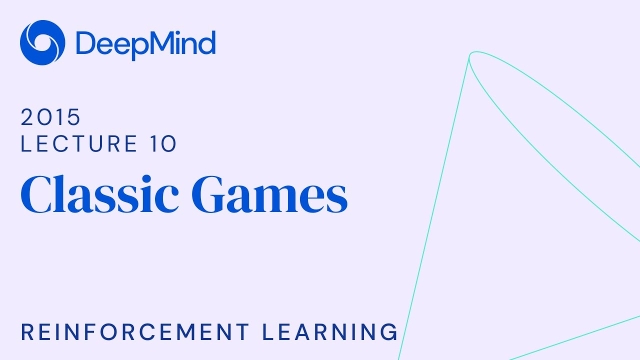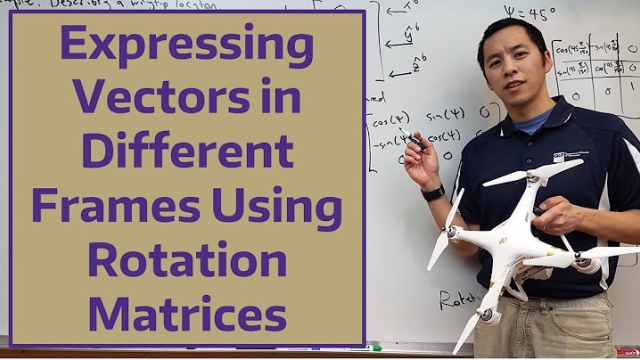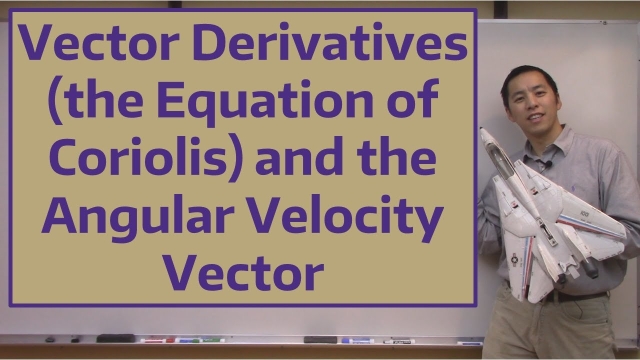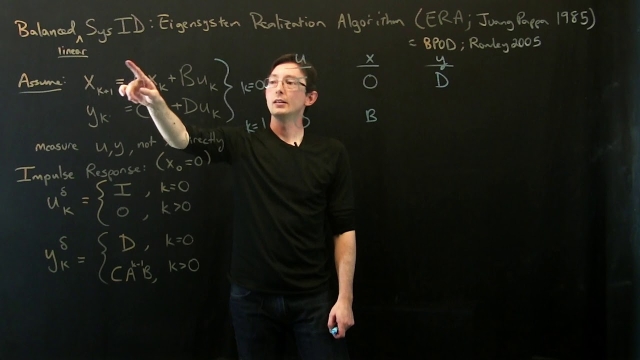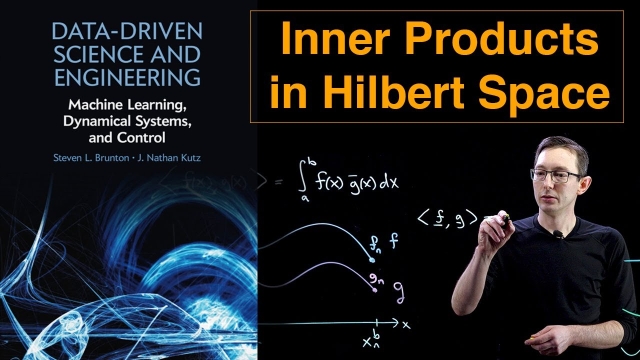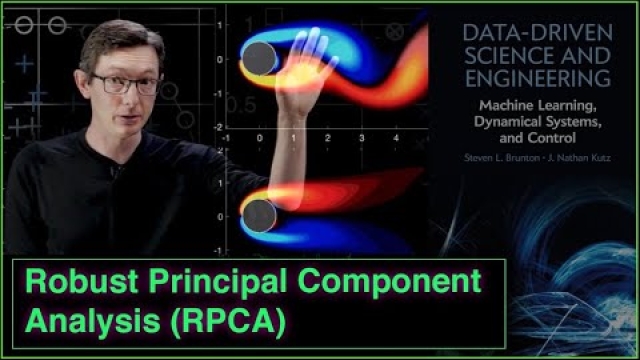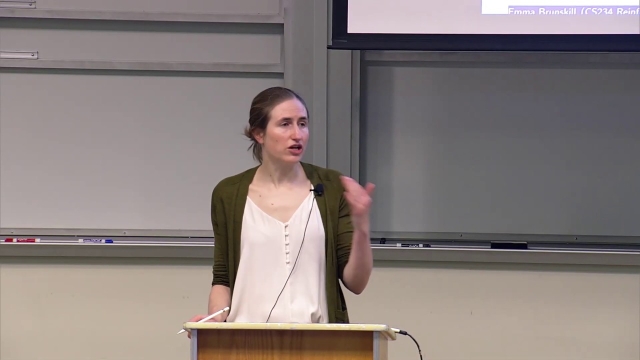
RL Course by David Silver - Lecture 6: Value Function Approximation
A deep dive into incremental methods and batch methods of value function approximation.
See MoreComputing Euler Angles: The Euler Kinematical Equations and Poisson’s Kinema...
In this video we discuss how the time rate of change of the Euler angles are related to the angular velocity vector of the vehicle. This allows us to design an algorithm to consume...
See MoreData-Driven Control: Change of Variables in Control Systems
In this lecture, we discuss how linear control systems transform under a change of coordinates in the state variable. This will be useful to derive balancing transformations that identify...
See MoreStanford CS234: Reinforcement Learning | Winter 2019 | Lecture 12 - Fast Rei...
Professor Emma Brunskill
Assistant Professor, Computer Science
Stanford AI for Human Impact Lab
Stanford Artificial Intelligence Lab
Statistical Machine Learning Group
Derivation of Rodrigues’ Rotation Formula
In this video we explain and derive Rodrigues’ Rotation Formula. This functions describes how to rotate an arbitrary vector about another arbitrary axis of rotation. This has applications to...
See MoreData-Driven Control: Error Bounds for Balanced Truncation
In this lecture, we derive error bounds for the balanced truncation.
See MoreRandomized Singular Value Decomposition (SVD)
This video describes how to use recent techniques in randomized linear algebra to efficiently compute the singular value decomposition (SVD) for extremely large matrices.
See MoreStanford CS234: Reinforcement Learning | Winter 2019 | Lecture 15 - Batch Re...
Professor Emma Brunskill
Assistant Professor, Computer Science
Stanford AI for Human Impact Lab
Stanford Artificial Intelligence Lab
Statistical Machine Learning Group
A Nonlinear, 6 DOF Dynamic Model of an Aircraft: the Research Civil Aircraft...
In this video we develop a dynamic model of an aircraft by describing forces and moments generated by aerodynamic, propulsion, and gravity that act on the aircraft. This video outlines the...
See MoreDynamic Mode Decomposition (Examples)
In this video, we continue to explore the dynamic mode decomposition (DMD). In particular, we look at recent methodological extensions and application areas in fluid dynamics, disease...
See MoreSVD and Alignment: A Cautionary Tale
This video describes the importance of data alignment when performing the singular value decomposition (SVD). Translations and rotations both present challenges for the SVD.
See MoreStanford CS234: Reinforcement Learning | Winter 2019 | Lecture 9 - Policy Gr...
Professor Emma Brunskill
Assistant Professor, Computer Science
Stanford AI for Human Impact Lab
Stanford Artificial Intelligence Lab
Statistical Machine Learning Group
See MoreRL Course by David Silver - Lecture 5: Model Free Control
Dives into On Policy Monte-Carlo Control and Temporal Difference Learning, as well as Off-Policy Learning.
See MoreComputing Euler Angles: Tracking Attitude Using Quaternions
In this video we continue our discussion on how to track the attitude of a body in space using quaternions. The quaternion method is similar to the Euler Kinematical Equations and Poisson...
See MoreGimbal Lock in reference to the Apollo missions
A gimbal is a pivoted support that permits rotation of an object about an axis. For this reason, a set of three axes gimbals are used in spacecrafts to help with orientation attitude control...
See MoreData-Driven Control: BPOD and Output Projection
In this lecture, we introduce the output projection for balancing proper orthogonal decomposition (BPOD), to reduce the number of adjoint simulations required when the number of measurements...
See MoreStanford CS234: Reinforcement Learning | Winter 2019 | Lecture 4 - Model Fre...
Professor Emma Brunskill
Assistant Professor, Computer Science
Stanford AI for Human Impact Lab
Stanford Artificial Intelligence Lab
Statistical Machine Learning Group
RL Course by David Silver - Lecture 10: Classic Games
An overview of Game Theory, minimax search, self-play and imperfect information games.
See MoreExpressing Vectors in Different Frames Using Rotation Matrices
In this video we develop notation to express a vector in different reference/coordinate frames. We then investigate how to use rotation matrices to translate from a vector expressed in one...
See MoreVector Derivatives (the Equation of Coriolis) and the Angular Velocity Vecto...
In this video we develop the Equation of Coriolis which describes how a vector in a rotating reference frame changes from the perspective of an observer in a non-rotating reference frame. We...
See MoreData-Driven Control: ERA and the Discrete-Time Impulse Response
In this lecture, we describe how the discrete-time impulse response is used in the eigensystem realization algorithm (ERA).
See MoreInner Products in Hilbert Space
This video will show how the inner product of functions in Hilbert space is related to the standard inner product of vectors of data.
See MoreRobust Principal Component Analysis (RPCA)
Robust statistics is essential for handling data with corruption or missing entries. This robust variant of principal component analysis (PCA) is now a workhorse algorithm in several fields...
See MoreStanford CS234: Reinforcement Learning | Winter 2019 | Lecture 16 - Monte Ca...
Professor Emma Brunskill
Assistant Professor, Computer Science
Stanford AI for Human Impact Lab
Stanford Artificial Intelligence Lab
Statistical Machine Learning Group
Building a Matlab/Simulink Model of an Aircraft: the Research Civil Aircraf...
In this video we implement the RCAM model as a Matlab script that is called from a Simulink model. The result is a fully encapsulated Simulink model of a nonlinear, 6 DOF aircraft. Please...
See More
